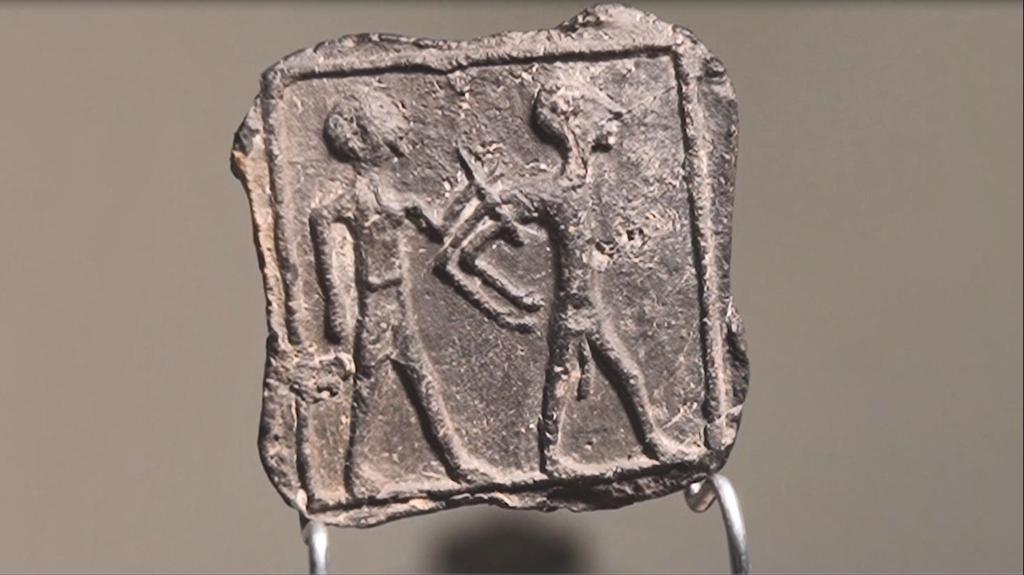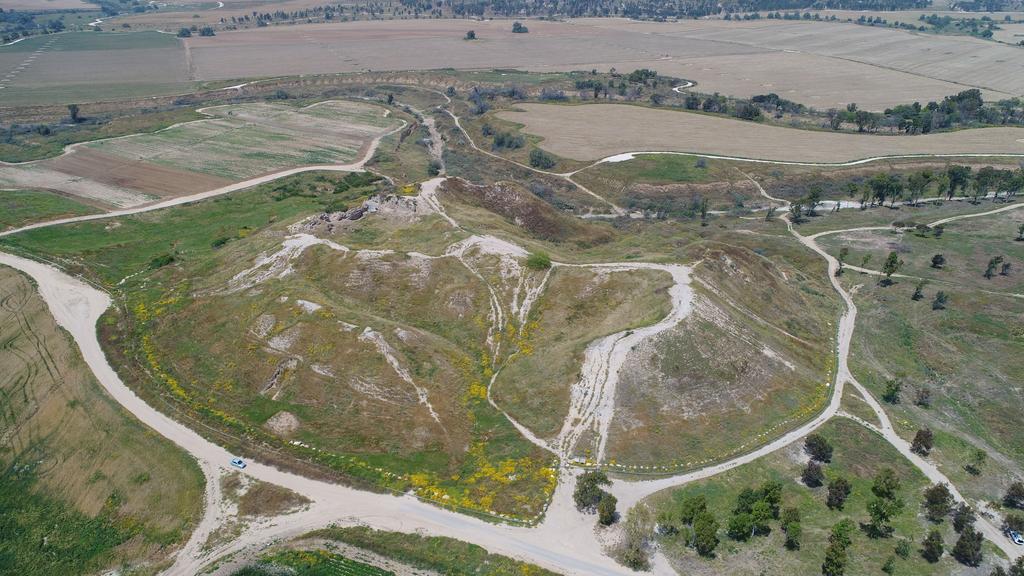A six-year-old boy made the discovery of a lifetime after unearthing a rare artifact thought to be more than 3,500 years old, in southern Israel.
Last March, while touring the northern Negev archaeological site of Kibbutz Re'im in Tel Jemmeh, Imri Elya stumbled upon a small, square clay object with two figures engraved on it.
Curious about the small discovery, Elya's parents decided to send it to the Israel Antiquities Authority (IAA) and the National Treasures Department to get more answers.
After examining the artifact, archaeologists were surprised to find out it was a unique and rare find that had not been uncovered until today in any other archaeological excavations in Israel.
Elya received a certificate of good citizenship as a result of his discovery.
3 View gallery


Imri Elya with his good citizenship certificate and the tablet
(Photo: Israel Antiquities Authority )
According to the IAA, the object is a clay tablet depicting a captor leading a naked and humiliated prisoner, dated to the Late Bronze Age between the 12th and 15th centuries BCE.
Archaeologists note that during this period, the Egyptian Empire ruled Canaan. The latter was divided into "city-states" ruled by local kings. From letters sent by Canaanite kings of that period to Egypt (known as the El Amarna letters), it is known that internal struggles and control conflicts existed between Canaanite cities.
"The scene depicted on the tablet is taken from descriptions of victory parades; hence the tablet should be identified as a story depicting the ruler's power over his enemies," said the researches. "This opens a visual window to understanding the struggle for dominance in the south of the country during the Canaanite period," the IAA added in a statement.
"Antiquities are our cultural heritage, and each find adds to the entire puzzle of the story of the Land," said Pablo Betzer, an archaeologist from the Southern District of the Israel Antiquities Authority.
"There is great importance in turning archaeological findings over to the National Treasures Department to be researched and displayed for the entire public to enjoy. The delivery of the tablet to the Antiquities Authority indicates value education and good citizenship on the part of Imri and his parents."



